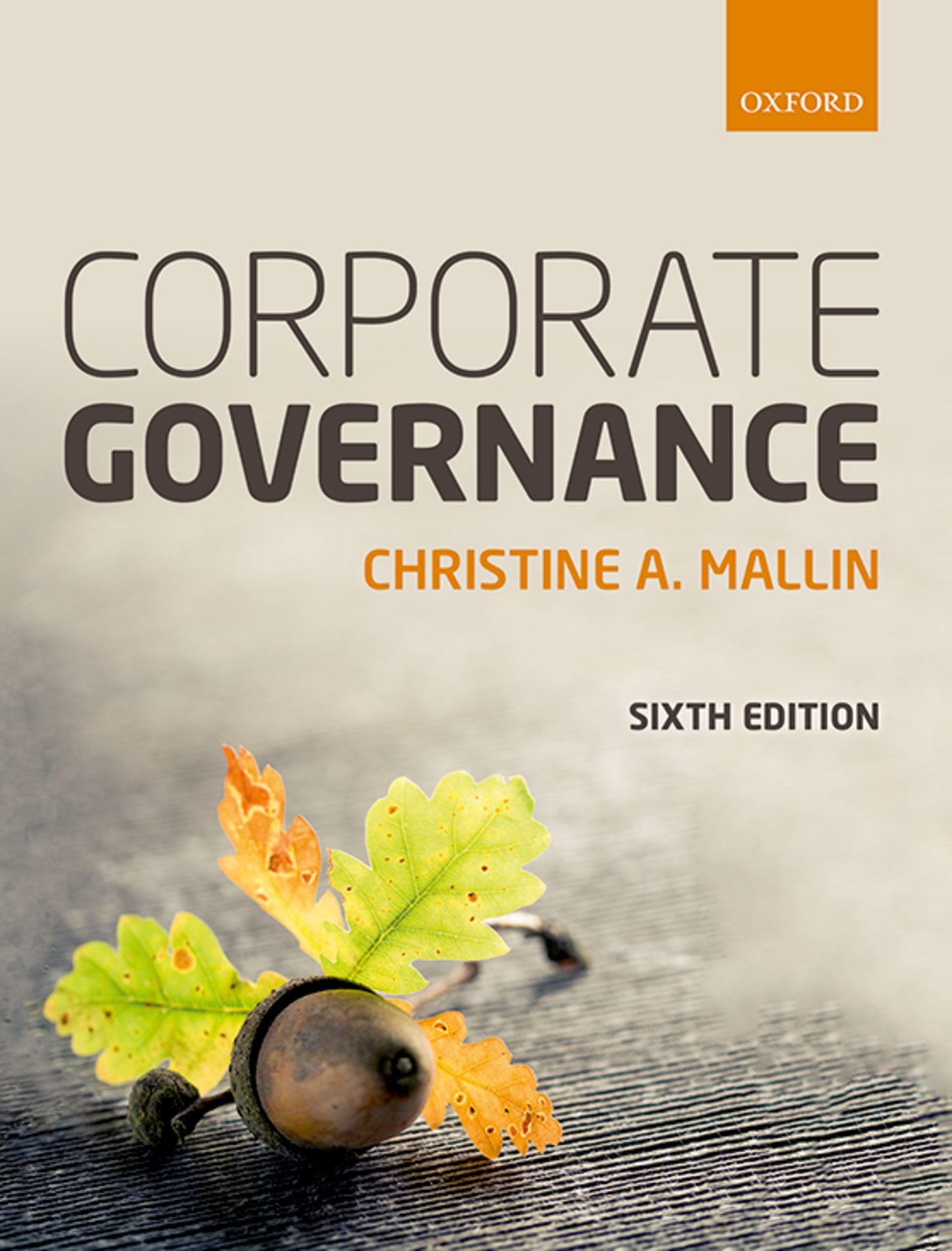Archive for October, 2009|Monthly archive page
Divide and Conquer? Splitting the Roles of Chair and CEO
It is widely recognised that corporate scandals and collapses often occur when there is a single powerful individual in control of a company. This is exacerbated when there is a lack of independent non-executive directors on the board. Therefore it seems axiomatic that powerful individuals can be constrained, and the temptations they may face conquered, by having in place a sound corporate governance structure achieved through dividing the roles of Chair and CEO.
UK Context
Back in 1992, the much lauded Report of the Committee on the Financial Aspects of Corporate Governance, often referred to as the Cadbury Report after the Chair of the Committee, Sir Adrian Cadbury, identified the potential danger of combining the roles of Chair and CEO in one person. The Cadbury report recommended ‘there should be a clearly accepted division of responsibilities at the head of a company, which will ensure a balance of power and authority, such that no one individual has unfettered powers of decision’. This principle was embodied in corporate governance best practice in the UK, with the Combined Code on Corporate Governance (2008) stating ‘there should be a clear division of responsibilities at the head of the company between the running of the board and the executive responsibility for the running of the company’s business. No one individual should have unfettered powers of decision’, and furthermore the Combined Code explicitly states ‘the roles of chairman and chief executive should not be exercised by the same individual.’
Whilst combining the roles of Chair and CEO is rare in the UK’s largest companies, Marks and Spencer PLC is a notable exception. In May 2004 Sir Stuart Rose was appointed to the position of Chief Executive and subsequently in 2008 he became both chairman and CEO until July 2011. This combination of roles goes against the Combined Code’s recommendations of best practice. As a result in 2008 some 22 per cent of the shareholders did not support the appointment of Sir Stuart Rose as chairman. Nonetheless he remains in the combined role although there is still considerable shareholder unrest and 2009 has seen more dissent by shareholders on this issue.
US Context
In the US, the roles of Chair and CEO have often been combined but now more and more companies are appointing separate individuals to the two roles. A recent example of a US company which has decided to appoint an independent chairman is Sara Lee, the famous producer of gateaux, beverages and body care products. Sara Lee has decided to make this change as a response to investor pressure and also the growing trend in the US to split the two roles. Kate Burgess (FT Page 27, 9th October 09) in her article ‘Sara Lee to separate executive roles’ explores this case in more detail.
Institutional Investor Pressure
In the UK there has long been pressure brought to bear by institutional investors on companies which have tried to combine these roles. This pressure, together with the long history in UK corporate governance codes against the combination of roles, means that few large companies seek to combine the roles (although as noted above, Marks and Spencer plc is an exception).
Recently Norges Bank Investment Management (NBIM), a separate part of the Norwegian central bank (Norges Bank) and responsible for investing the international assets of the Norwegian Government Pension Fund, has started a campaign to convince US companies to split the roles of Chair and CEO and appoint independent chairmen. Kate Burgess (FTfm Page 10, 12th October 09) in her article ‘Norwegian fund steps up campaign’ highlights how NBIM has submitted resolutions to four US companies calling on them to appoint independent chairmen. The four companies are Harris Corporation, Parker Hannifin, Cardinal Health Inc, and Clorox. In addition NBIM has also voted against combined Chair/CEOs at some 700 US companies. Interestingly Sara Lee had also been the focus of action by NBIM before agreeing to appoint separate individuals to the roles in future. Also in Kate Burgess’ article, Nell Minow of The Corporate Library http://www.thecorporatelibrary.com/ states ‘NBIM can leverage a lot of shareholder frustration and a widespread sense that this is a sensible, meaningful but not disruptive initiative’.
Concluding comments
It seems to be only a matter of time before the vast majority of companies will split the roles of Chair and CEO. Of course the individuals appointed to those roles must be both capable of fulfilling the tasks expected of them, and of ensuring that ultimately the two roles, carried out by separate individuals, unite the company under a common leadership approach. That may prove more difficult than many imagine and so the appointments process must consider fully the many traits needed to ensure success.
Chris Mallin 16th October 2009
 Comments (2)
Comments (2)
